In our day-to-day life, we use various products equipped with sensors. Sensors are everywhere, from spacecraft, medical equipment, home appliances to smartphones. Different types of sensors have different purposes. They are used for sensing, monitoring, control, and safety purposes.
For example, proximity sensors have an application to detect objects, whereas image sensors are used in a camera to capture images. This article covers different types of sensors and their applications.
What are Sensors?
A sensor is an electrical, mechanical, or electronic device to detect any change or determine the presence of any physical parameters.
In other words, a sensor utilizes a sensing element, mechanism, or reaction to take different types of input and provide the required output.
All sensors have a sensitive element that changes their properties when a parameter changes. This change in sensing element properties determines any change in measured parameters.
For example, Resistance temperature sensors sensing element resistance changes with the temperature change. We can This change in resistance is used to determine the temperature.
Classification of Sensors?
We can classify sensors into three categories according to the:
- Type of input required to get desired output from a sensor.
- Working of the sensing mechanism.
- Type of output.
Active or Passive Sensors
Active sensors are a type of sensor that requires continuous input to get the required output from the sensing element. RADAR, Chip-based Humidity and Temperature Sensors, Gas Sensor, GPS, accelerometer are examples of Active Sensors. These Sensors require continuous electric power for Operation.
Passive sensors are the type of sensor that does not require any external input such as a power signal to get the required output. Examples of passive sensors are metal detectors, magnetic field detectors, photodiode, thermistors, and strain gauges. They require electric power only to respond or give output results.
Electrical, chemical or mechanical Sensors
Electrical Sensors are the sensors in which a sensing element detects a physical parameter and converts it into an electrical signal. This electrical signal is used to determine the value of that physical parameter. Most of the sensors used in automation are electrical sensors. NTC, humidity, and capacitive sensors are examples of electrical sensors.
Chemical sensors are the type of sensors that respond to the chemical reaction. For example, the water PH chemical sensor shows different colors according to the PH level.
Mechanical Sensors utilize mechanisms to detect a physical parameter. For example, a strain gauge is a mechanical sensor that detects mechanical deformation and converts this deformation into an electrical signal. Examples of mechanical sensors are touch sensors, biopic, and stress gauges. Click this link to know the benefits of implementing automation in manufacturing.
Analog or Digital Sensors
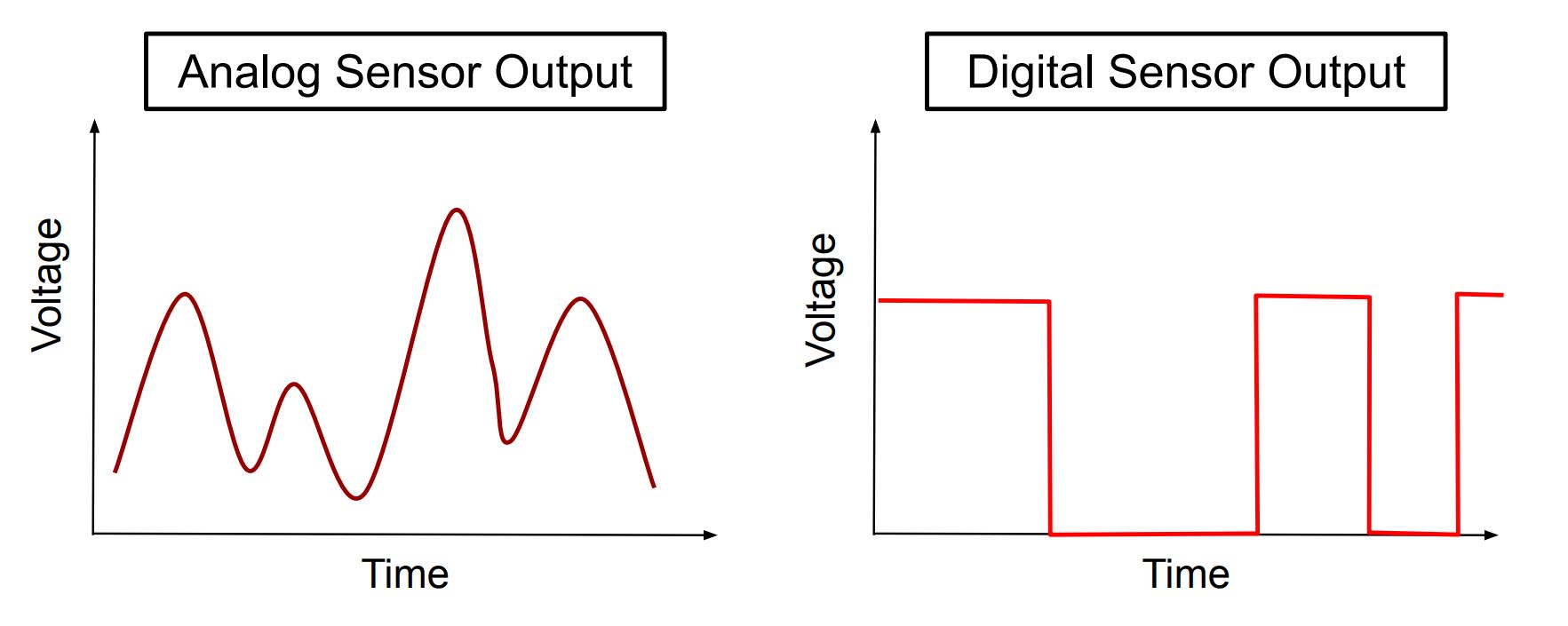
A digital sensor produces a discrete output or binary (0 or 1). These days digital sensors are more popular compared to analog sensors.
Analog sensors produce a continuous output that is proportional to the measured parameter. Examples of analog sensors are accelerometers, pressure sensors, light sensors, and temperature sensors.
Different Types of Sensors?
- Temperature Sensor
- Thermocouple
- Thermistor
- Infrared Sensor
- Thermopile
- RTD
- Semiconductor IC
- Humidity Sensor
- Force / Pressure Sensor
- Light Sensor
- Proximity Sensor
- Touch Sensor
- Photoelectric
- Magnetic
- Position
- Motion Sensor
- Gyroscope
- Accelerometer
- Rotation Position sensor
- Position
- Air Pressure Sensor
- Force Sensor
- Humidity Sensor
- Particle Sensor
- Smoke / GAS / Alcohol Sensor
- Metal Sensor
- Color Sensor
Temperature Sensor
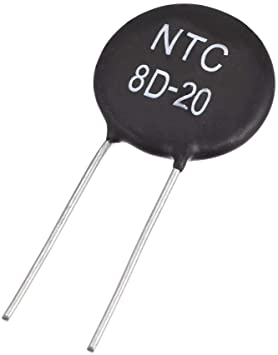
As the name suggests, Temperature sensors are used to measure the temperature with or without coming in direct contact with the body. It has applications in controlling the temperature. Temperature sensors are widely used in :
- Air-conditioning and heating applications for human comfort.
- In automobiles.
- Mobile phones.
- Smart Farming.
- Electronics Cooling Applications
- Medical Devices to measure human body temperature etc.
Humidity Sensor
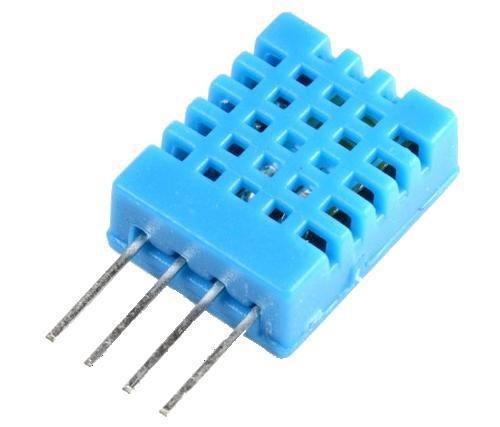
Humidity Sensors have an application to measure the amount of water in the air. They have applications in:
- Air-conditioning and Heating Control
- Leak Detection
- Smart farming to check soil humidity etc.
Light Sensor
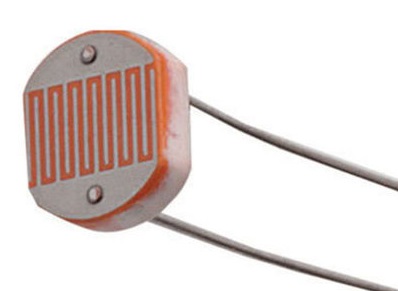
Light sensors are a type of passive sensor because they don’t consume any electricity. They convert light energy into electricity. Therefore light sensors are used to detect the intensity of light. Light sensors have applications in:
- Control Street Light.
- Turn On Night vision Camera.
- Control indoor lighting conditions etc.
Proximity Sensors
Proximity sensors are sensors that are capable of detecting the presence of nearby objects without coming into physical contact. They work by emitting an electromagnetic field and change in the field is detected by the proximity sensor. Following types of proximity sensors are available in the market.
- Smart Watch/bands
- Robotics
- Autonomous cars
- Automobiles and Aviation
- Gaming and entertainment etc.
- Magnetic Sensor
- Touch Sensor
- Photoelectric Sensor
- Position Sensor
Motion Sensors
Motion sensors have an application to determine the type of motion such as orientation, position, acceleration, and velocity of a moving object. Following are the applications of motion sensors:
- Smart Watch/bands
- Robotics
- Autonomous cars
- Automobiles and Aviation
- Gaming and entertainment etc.
Force Sensors
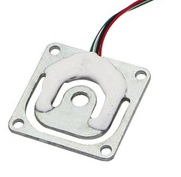
Force sensors are used to measure the force applied to an object. A load cell is a type of force sensor that gives an electronic signal proportional to the amount of applied force. Here are the applications of force sensors.
- To manufacture electronics weighing scale.
- In robotics.
- Car Occupancy Sensor.
- Artificial Limbs.
- Augmented and Virtual Reality Devices.
Air Pressure Sensors
Pressure sensors measures the air pressure of the environment or an enclosed body. They have applications in:
- Work as a safety valve.
- Determine altitude movements in motion sensors.
- In smartwatches, bands, and smartphones.
- Tire pressure measurement system in automobiles etc.
Flow Sensors
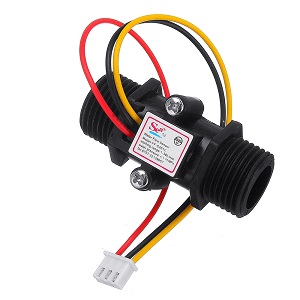
Flow sensor measures the flow rate and quantity of a moving fluid (liquid, gas, or solid). These sensors can be mechanical or electronics. Following are the applications of flow sensors:
- To measure the amount of flowing liquid.
- To control the liquid flow in automobiles.
- For industrial automation in the processing industry.
Particle Sensors
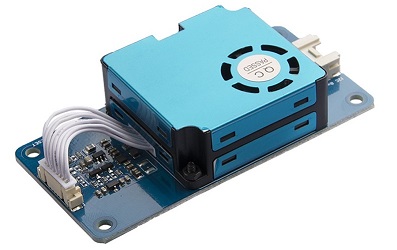
Particle sensors are used to detect the amount of dust and airborne particles in the air. They are widely used in environmental sensors to detect the purity of air.
Gas / Chemical / Smoke Sensors
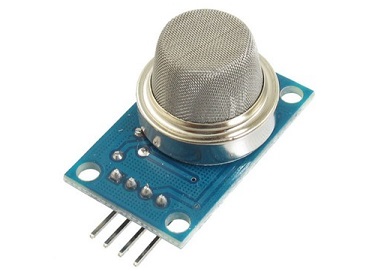
Chemical, gas or smoke sensors can detect the presence of a particular type of chemical. These sensors generally come with an alarm and send an alert to the user when unwanted gas is detected.
Metal Sensors
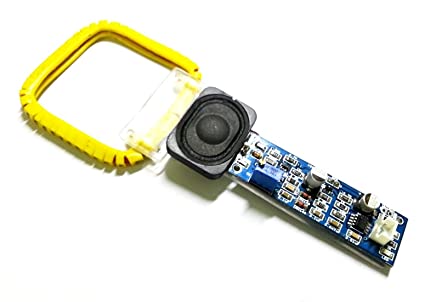
Metal sensors detect the presence of metal in various situations without coming in contact with metal bodies. They have applications in:
- Detecting the presence of metal inside a body.
- Security personnel use metal detectors to detect the presence of metal.
Color Sensors
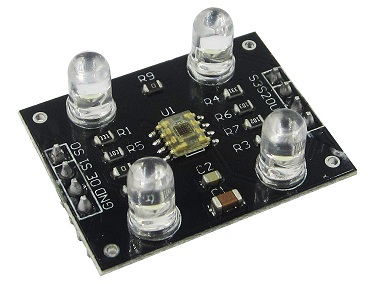
Color sensors are used to detect the color of an object. They can provide output in RGB, HEX, or any other format. Color sensors have application in:
- Detect the true color of an object.
- Sorting machines based on colors.
- Line following robots etc.
We will keep adding more details on various types of sensors. Please add your comments, suggestions, or questions on various types of sensors and their applications.

Hi very nice Sensor fully explain Thanks a lot,s Respectable Sir.